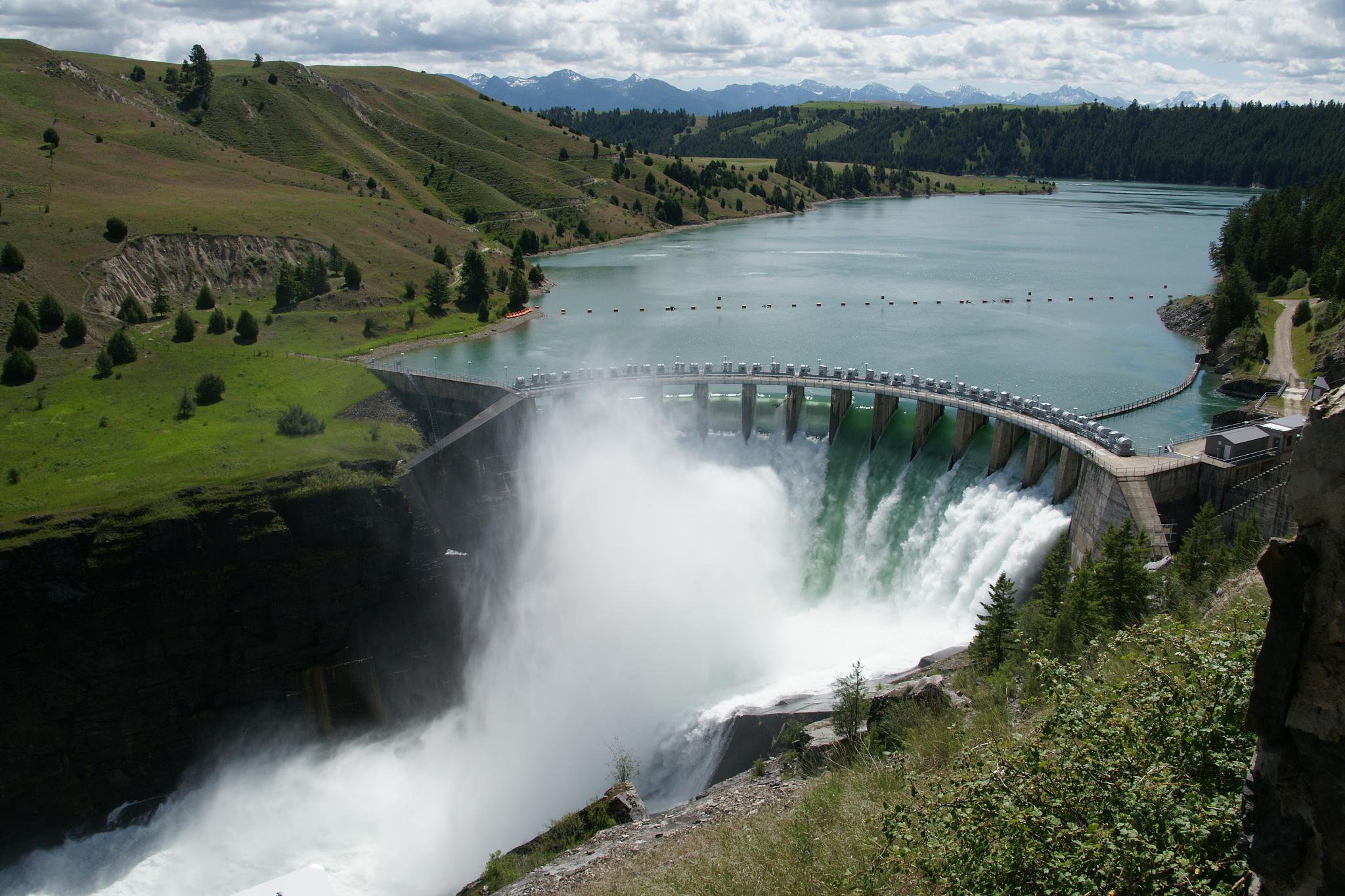Regional hydropower potential is lower than federal estimate
- December 09, 2014
- John Harrison

Last April, a study commissioned by the U.S. Department of Energy and conducted by the Oak Ridge National Laboratory identified the Pacific Northwest as having the greatest potential for new hydroelectric development in the country -- 25,226 megawatts of new capacity or 32 percent of the identified national potential new supply.
It was an astonishing number, equal to three-quarters of the existing hydropower capacity in the Northwest.
The study attracted the attention of developers, utilities, and planners, including the Northwest Power and Conservation Council, whose own assessment of new, cost-effective hydropower potential, which had not been updated since 1998, was just 480 megawatts. The Council plans to update that estimate for the Seventh Northwest Power Plan, which is under development and should be completed late next year.
To determine whether the Northwest hydropower potential identified in the Oak Ridge study is realistic, the Council hired the Northwest Hydroelectric Association, a consulting business located in Clackamas, Oregon. The Association reviewed the Oak Ridge study and 23 others published between 2003 and 2014, and also surveyed Northwest utilities, reviewed applications for new hydroelectric plants in the region, analyzed other data sources, and assessed potential in six categories of hydropower development.
Conclusion: The estimate in the Oak Ridge study, intentionally a very broad scan, is unrealistically high. The NHA analysis identifies the potential capacity in the region as 3,238 megawatts. Of that potential, 2,600 megawatts is in three large pumped-storage projects (one already exists; its output is being increased), 400 megawatts is in capacity upgrades to existing hydropower projects, and only 200 megawatts is in new stream reaches and conduits.
Why such a stark difference? For one thing, the NHA analysis incorporates the Council’s protected areas, which the Oak Ridge study does not. In fact, according to the NHA analysis, among the 24 studies it reviewed, “Many do not take into account screens for environmental attributes [or] protected land use areas … nor state and federal scenic water programs, [and] none addresses the Council’s ‘protected areas’ designations.” More specifically, though, according to the NHA the Oak Ridge study was conducted at “a higher reconnaissance level” that only looked at the hydropower potential in rivers where dams have not been built and did not consider other potential sites such as existing dams and water diversions.
In its Columbia River Basin Fish and Wildlife Program, which is a component of the Council’s Northwest Power Plan, some 44,000 miles of Northwest streams and rivers are protected from future hydropower development. The Federal Energy Regulatory Commission is required to consider the protected-areas designations in determining whether to issue licenses for new hydropower projects.



